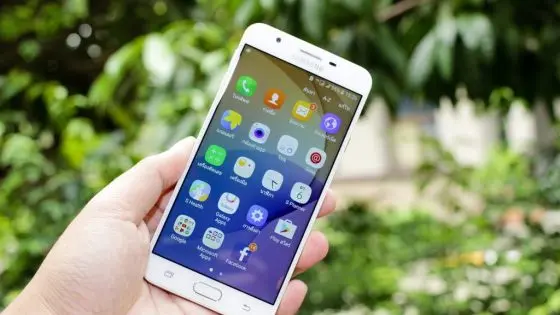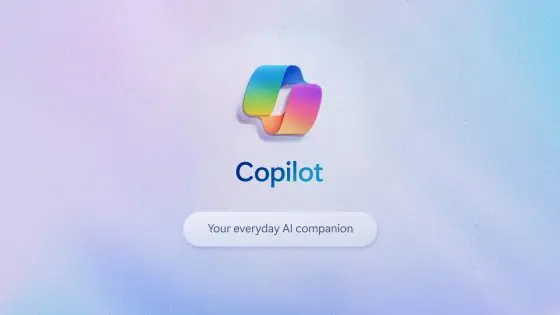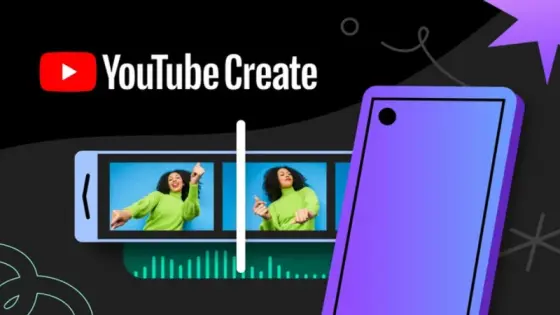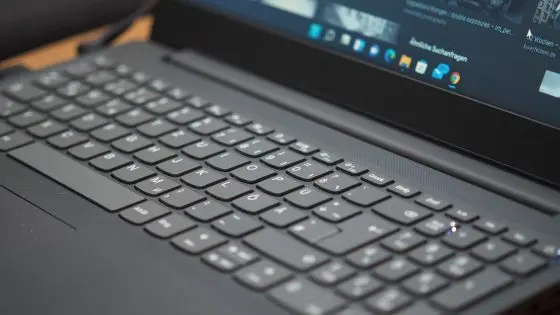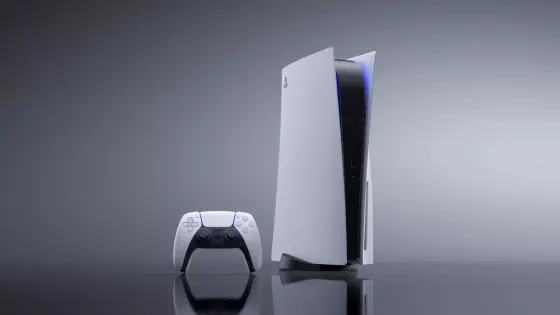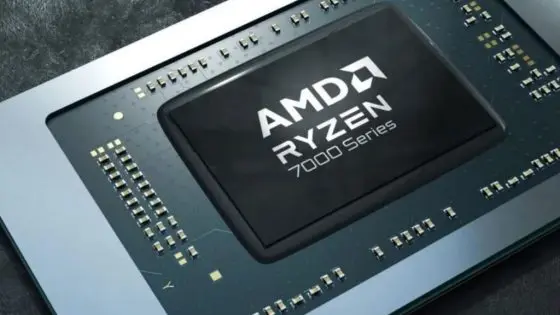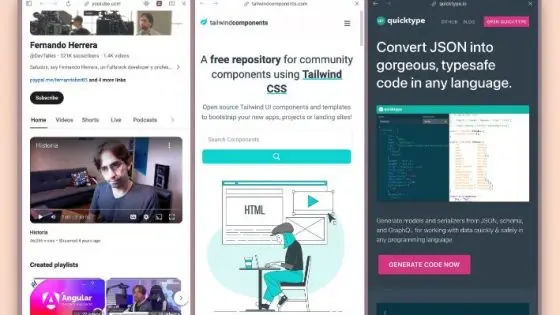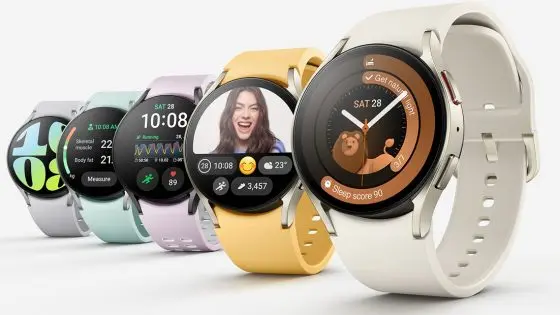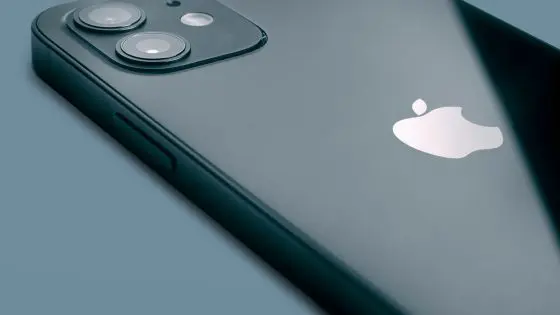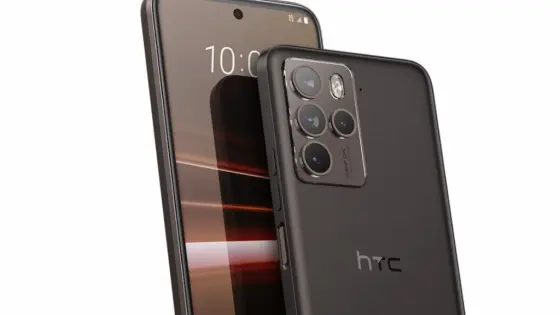The best music streaming services in 2024

The fact is that the current range of music streaming services is very extensive. Each provider has huge music libraries with all possible artists, albums, playlists and podcasts, all equipped with just as many interfaces and features, such as song lyrics, offline download, artificial intelligence, high definition audio formats; possibilities and much more.
To help you decide which of these music giants is best for you, we've prepared an overview of the best music streaming services, focusing on criteria such as subscription price, user experience experience and quality of compositions. So let's start.
Spotify
Best for most users
Pluses
- Excellent UI
- “Best-in-class” track search
- More like 100 million tracks
- The largest podcast network
- Fun special features
Cons
- No "hi-res" option
- Common problems with the operation of the platform
| Specifications | |
|---|---|
| Price (monthly): | Free / Individual: $11 / Duo: $15 / Student: $6 / Family: $17 |
| Library size: | More like 100 million tracks |
| Quality: | 160kbps to 320kbps |
In the field of music streaming, Spotify is certainly one of the most recognizable brands in the world. Launched in 2006, the platform is available worldwide and includes several than 100 million songs, and their number is still growing. Spotify is also the largest podcast platform in the world. Whether you're using an iPhone, a Google Pixel, a laptop, or you're in your car, there's a good chance that Spotify will be compatible with your hardware.
In addition to the music archive, Spotify offers moreÄ various subscription options, including individual, family, and student plans, and a free variety of ads. Spotify Premium users also get unlimited track skipping, 320 kbps audio quality and up to 10,000 tracks offline from five devices. The company is also very good at maintaining a user interface that is familiar and reliable across different types of hardware.
Spotify is also great for sharing. Thanks to the integration with social networks like Facebook and Instagram, your friends will see what you've been listening to in the last hour. You'll be able to share songs with others and even create shared playlists that everyone can edit. If you like to listen to music with the help of Alexa, Google Assistant or Siri, you will also be happy to know that Spotify is part of almost all these smart ecosystems.
Where does the service have problems? The quality of the songs, for example. Unlike platforms like Tidal and Qobuz, which place a heavy emphasis on high-resolution audio, tracks on Spotify are limited to 320kbps, which only the most critical audiophiles will notice. But if you just want a streaming music player that offers many genres, playlists and fun social features, Spotify will be your best choice.
Apple Music
Perfect for Apple users who want high quality sound
Pluses
- Excellent hi-res options
- Excellent interface
- More like 100 million tracks
- Competitive price
Cons
- No free option
- When the subscription is terminated, the downloaded songs are deleted
| Specifications | |
|---|---|
| Price (monthly): | Individual: $11 / Student: $6 / Family: $17 |
| Library size: | More like 100 million tracks |
| Quality: | 256kbps AAC, 16-bit/44.1kHz, 24-bit/48kHz, 24-bit/192kHz |
Some of us still remember Apple's initial foray into digital music with the small iTunes platform, which began its journey in 2000. iTunes, which paved the way for Apple's simplified interface and large music library, evolved in 2015 into Apple Music. Apple Music is a tough competition from rivals like Spotify and Tidal, it's easy to use, it has a library with more than 100 million tracks, available on more than #141; platforms and even offers "hi-res" listening options.
Apple Music also allows a trial period before you decide on one of the many subscription options. A one-month free trial will give you enough time to familiarize yourself with the offer, after which you will need to pay a monthly subscription fee of $6 for students, $11 for individual plan and $17 for a family plan.
Each level gives you access to full playback control, recommended music based on your listening habits, and some nice visual additions to your phone, tablet, and PC screens. We're talking in-depth album art, line-by-line lyrics, and intuitive search tools that make finding songs and artists easy.
In terms of track quality, Apple's audio may exceed Spotify's 320kbps limit, as ALAC lossless tracks can reach up to 24bit/192kHz. Apple Music also uses the smaller AAC format with a resolution of up to 256 kbps, and offers many tracks and albums in Dolby Atmos, which Apple refers to as surround sound. While you'll be able to share songs with friends and family, Apple Music doesn't offer the same social integrations as Spotify.
If you're familiar with the design and user interface of devices like the iPhone, iPad, MacBook, and Apple TV, you'll feel right at home in the Apple Music app. Both desktop and mobile interfaces are clean, simple and easy to navigate. Everything you need is at your fingertips. In addition, there is compatibility with all types of smart speakers (such as Sonos and Apple's HomePod) and smart displays that offer native support for Apple Music.
Tidal
Quality for true audiophiles and compatibility with numerous devices
Pluses
- Excellent playlist editing options
- One of the best "hi-res" tracks among the competition
- More than 110 million tracks
- Compatibility with a wide range of devices
- It includes the possibility of listening without an Internet connection
Cons
- The price
| Specifications | |
|---|---|
| Price (monthly): | HiFi: $11 / HiFi Plus: $20 / Student: $6 / Family: $16 |
| Library size: | More than 110 million tracks |
| Quality: | 320kbps, 16-bit/44.1kHz, 24-bit/192kHz |
When it comes to high-quality music streaming, the Tidal service is without a doubt one of the best in the field.
Renowned for its focus on excellent sound quality, Tidal's HiFi subscription gives you access to a huge library of 16-bit/44.1kHz quality tracks. But if you want to really improve the quality, you can invest a few extra dollars in the top model HiFi Plus, which opens the door to 24-bit/192 kHz content in formats such as HiRes FLAC, Dolby Atmos , Sony 360 Reality Audio, FLAC and Master Quality Authenticated (MQA). Not all artists and albums on Tidal are in high definition, but there's a good chance that most are. of the artists you love, at least a few recordings in high resolution in the archive.
True fans will also enjoy Tidal's dedication to additional content, including video and live streaming, for a more immersive music experience. We're also big fans of playlists created by musicians.
In terms of cross-platform compatibility, Tidal is also available on many popular devices, from iOS and Android hardware to smart speakers, smart displays, streaming devices and even native AV support from audio brands like Sonos and Harman Kardon, via Tidal Connect. The user interface of the Tidal service, from applications to desktop versions, is clean, very transparent and adapted to your preferences.
Although their HiFi Plus plan is definitely more expensive, you can try Tidal for free during the first 30 days of your new membership. The platform also offers discounts for students and some other specific user profiles.
If you are looking for premium sound quality and talented curators, you must try the Tidal platform. In addition, many high-quality tracks will be hard to find elsewhere.
Qobuz
Another slightly more affordable option for audiophiles
Pluses
- Quality editorial content
- A large hi-res music library
- The possibility of buying songs and albums without a subscription
- A cheaper alternative to the Tidal service
- Free trial version for the Studio plan
Cons
- Lack of social skills
| Specifications | |
|---|---|
| Price (monthly): | Studio: $11 / Sublime: $15 / Family: $16 |
| Library size: | More like 100 million tracks |
| Quality: | 16-bit/44.1kHz, 24-bit/192kHz |
A close competitor of the Tidal platform, Qobuz is another big player in the music streaming market, focusing on hi-res music. It offers more than 100 million tracks in lossless CD quality and more like 240,000 albums of "hi-res" quality. Qobuz streams audio using high-quality FLAC files from 16-bit/44 kHz to 24-bit/192 kHz, which of course means excellent quality. Whether you're listening through speakers or headphones, tracks will sound their best on this touch platform.
As far as subscription costs are concerned, Qobuz is also slightly cheaper than Tidal. The Studio plan for $11 per month includes offline listening and a beautiful mobile and desktop interface with additional content. This includes artist biographies, reviews, articles, user manuals and more. For $15 a month, the Sublime plan adds up to a 60 percent discount on many high-definition purchases.
But we must not forget one more piece of candy. You can pay to download Qobuz high definition songs and albums without a monthly subscription.
The downside of the platform is that it doesn't have Dolby Atmos tracks like Apple Music, Tidal, and Amazon Music, and it doesn't have podcasts or video content.
Amazon Music
Excellent user experience, hi-res audio, great choice for Prime users
Pluses
- Huge music library
- A large selection of "hi-res" songs and albums
- 90-day free trial
- Discount for Amazon Prime subscribers
- Discount for Echo owners
Cons
- Complicated custom options
- Amazon Music only has “shuffle”
| Specifications | |
|---|---|
| Price (monthly): | With Prime Subscription: $10 / w/o Prime: $11 / Family: $17 / Standalone Owner: $6 |
| Library size: | More like 100 million tracks |
| Quality: | 320kbps, 16-bit/44.1kHz, 24-bit/192kHz |
Amazon Music is a unique streaming service, especially for those who still pay Amazon's $139 annual Prime subscription (or $15 per month). Like many of the platforms we've covered so far, Amazon Music offers CD-quality audio formats, Dolby Atmos and 360 Reality Audio tracks, a large music library, and some great smart home integrations (especially for devices with Alexa support). The word "unique" is intended mainly to understand the prices of the Amazon Music service, which are mildly complicated.
Are you an Amazon Prime subscriber? Excellent! This means that for $10 a month, you'll be able to get Amazon Music Unlimited (AMU) ad-free. Non-members will pay $11 per month for a regular subscription. If you're interested in Amazon Music Unlimited and own an Echo speaker, you can subscribe to the plan for one device owner. This only costs $6 per month, but you'll only be able to use AMU on one device. There is also an AMU family plan for $17 per month ($169 per year) that includes up to six users.
Pricing isn't impossible to understand, but figuring out which option makes the most sense for you can be overwhelming. Additionally, Amazon technically has two different music streaming services: Amazon Music Unlimited and Amazon Music Prime. The latter is built into the Amazon Prime membership and gives you access to Amazon's entire music library, but playback is limited to random mode, and you won't be able to listen to high-quality tracks either.
Whether you're listening to music with Amazon Music Unlimited or Amazon Music Prime, the Amazon Music app looks great on mobile and desktop devices. Amazon Music Unlimited subscribers also get video content, offline downloads and a fun text scrolling feature.
Deezer
The golden mean
Pluses
- A robust music library
- The possibility of downloads without an Internet connection
- Contains video content and podcasts
- CD quality level
Cons
- No "hi-res" music
| Specifications | |
|---|---|
| Price (monthly): | Free / Premium: $12 / Family: $20 / Student: $6 |
| Library size: | More like 120 million songs |
| Quality: | 128kbps, 320kbps, 16-bit/44.1kHz |
Deezer offers an even larger music library than competitors like Spotify and Apple Music, as well as CD-quality music, but it doesn't offer the hi-res music found on platforms like Tidal and Qobuz. Deezer is unusually more expensive than the others, except for Tidal, which is more expensive but offers "hi-res" music. Its individual plan costs $12 per month, which gives you access to unlimited listening, texts, video content, offline listening, and a few other features.
Deezer is also one of the few music streaming platforms that allows you to upload your own tracks. Although the quality is limited to MP3 and you won't be able to download songs from your mobile device, it's nice to be able to spread your library across multiple tracks. devices.
Deezer used to offer a HiFi plan that cost $15 a month, but now its 16-bit/44.1kHz FLAC tracks are included in the Premium and Family plans. As already mentioned, the quality is worse than the most advanced players like Tidal and Qobuz, but the quality is still high. Users of the free version of Deezer can only access MP3 files with a speed of up to 128 kb/s.
As for the user interface of Deezer on desktop and mobile platforms, both versions are adapted for easy navigation through playlists, genre tags and similar search criteria. There is also more of recommended categories and a rich library of podcasts.
The Deezer service fulfills several requirements well; the most important requirements for a good music streaming service. Hi-res music lovers may want to look elsewhere, but we think Deezer is definitely worth a try, so take advantage of the 30-day free trial!
YouTube Music
The best of music and YouTube together
Pluses
- The ultimate music library
- A simple pricing model
- Intuitive user interface
Cons
- No "hi-res" music
- No editorial content
| Specifications | |
|---|---|
| Price (monthly): | Free / Premium Individual: $11 / Family: $17 / Student: $5.50 |
| Library size: | More like 100 million tracks |
| Quality: | 256kbps |
We have finally reached the YouTube Music platform. YouTube Music is an amalgamation of several paid Google/YouTube services that came before it (including Google Play and YouTube Red) and is a one-stop shop for everything related to... music. Customers will have access to many like 100 million songs, podcasts, intuitive lyrics tool, great playlists and much more. We would like to inform high-quality music lovers that the quality of songs on YouTube Music is limited to 256 kbps.
But that doesn't mean you should give up right away. In fact, we think YouTube Music has a lot going for it when it comes to general desktop and mobile interfaces. Switching from one plan to another is quick and easy, and most of the content you want to listen to can be found in the "Home" and "Library" tabs. The first is a hub for recommended content based on your listening habits, while the second is a repository for all your personal playlists, favorite tracks and albums, and other user-specific features.
It's also exciting to watch the YouTube Music app sync with local time and weather conditions. These factors affect the type of music the platform will recommend.
In terms of pricing, there is only one paid subscription plan available: YouTube Music Premium. This paid tier removes ads for desktop and mobile listening, enables offline downloads, and gives you a sweet feature called Smart Downloads. When enabled, YouTube Music can automatically download your favorite songs, artists, and albums for offline listening, and even add recommended songs and albums.



